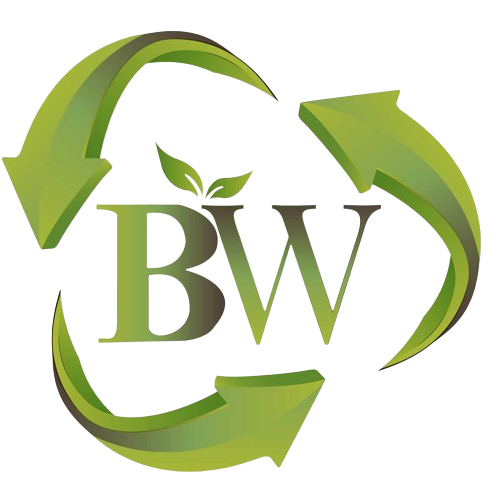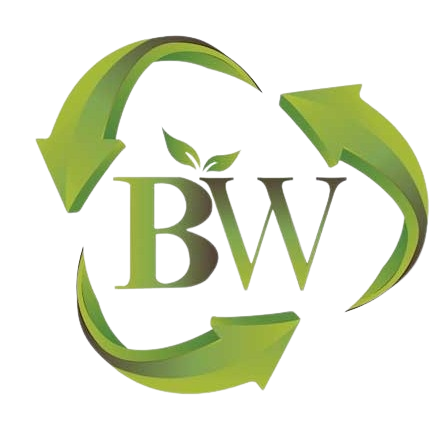Unveiling The Secrets: What Exactly Are Ziploc Bags Made Of?

Are you curious about what goes into making Ziploc bags? You’re not alone. These resealable bags have become a household staple, providing a convenient and reliable way to store and organize a variety of items. But have you ever wondered how they’re made and what materials are used? In this article, we’ll unveil the secrets behind Ziploc bags and take a closer look at what they’re made of.
Ziploc bags are made from a unique type of plastic called low-density polyethylene (LDPE). This type of plastic is known for its flexibility, durability, and resistance to moisture and chemicals. The LDPE is melted down and formed into thin sheets, which are then cut into the familiar bag shapes. The bags are designed with a patented interlocking seal, which allows them to be opened and closed easily, while also keeping the contents secure and protected.
So, the next time you reach for a Ziploc bag, you’ll have a better understanding of the materials that go into its construction. Stay tuned as we dive deeper into the world of Ziploc bags and explore their many uses and benefits.
History of Ziploc bags
Ziploc bags have been around for over half a century. They were first introduced in 1968 by the company now known as SC Johnson. The original concept for the bags came from a design for a new kind of sandwich bag that was submitted to the company by a man named Floyd Paxton. His idea was to create a bag that could be easily sealed and opened, providing a convenient solution for storing food and other items. The concept was a hit, and the Ziploc bag was born.
Materials used in Ziploc bags
Ziploc bags are made from a unique type of plastic called low-density polyethylene (LDPE). This type of plastic is known for its flexibility, durability, and resistance to moisture and chemicals. LDPE is also commonly used in a variety of other products, such as plastic wrap, squeeze bottles, and food storage containers. The LDPE used in Ziploc bags is sourced from a combination of virgin and recycled materials, making them an environmentally friendly choice.
Polyethylene: The main component of Ziploc bags
Polyethylene is the key component of Ziploc bags. It is a thermoplastic polymer that is created through the polymerization of ethylene. Polyethylene is widely used in the packaging industry due to its excellent barrier properties and versatility. It can be molded into various shapes and sizes, making it suitable for a wide range of applications. In the case of Ziploc bags, polyethylene is melted down and formed into thin sheets, which are then cut into the familiar bag shapes.
Polyethylene is chosen for Ziploc bags because it offers several benefits. It is lightweight, which makes the bags easy to transport and store. It is also resistant to moisture and chemicals, ensuring that the contents of the bag remain safe and protected. Additionally, polyethylene is flexible and durable, allowing the bags to be reused multiple times without losing their integrity.
 Types of Ziploc bags and their uses
Types of Ziploc bags and their uses
Ziploc bags come in a variety of sizes and styles, each designed for specific uses. The most common type of Ziploc bag is the sandwich bag, which is ideal for storing sandwiches, snacks, and other small items. These bags are typically around 6.5 x 5.8 inches in size and feature a secure interlocking seal.
Another popular type of Ziploc bag is the gallon-sized bag, which is larger and more spacious. These bags are perfect for storing larger quantities of food, such as leftovers or bulk ingredients. They can also be used for organizing household items or storing toiletries when traveling.
In addition to sandwich and gallon-sized bags, Ziploc offers a range of specialty bags, such as freezer bags, storage bags, and slider bags. Freezer bags are designed to withstand freezing temperatures, making them ideal for storing and protecting food in the freezer. Storage bags are a great solution for organizing and storing items in the home, while slider bags feature a convenient sliding closure that allows for easy opening and closing.
Benefits of using Ziploc bags
There are many benefits to using Ziploc bags. First and foremost, they provide a reliable and convenient way to store and organize items. The interlocking seal ensures that the bags are securely closed, keeping the contents fresh and protected. This makes Ziploc bags perfect for storing food, as well as a wide range of other items, such as jewelry, toiletries, and documents.
Another benefit of Ziploc bags is their versatility. With a range of sizes and styles available, you can find the perfect bag for any need. Whether you’re packing a lunch, organizing your pantry, or storing items for travel, Ziploc bags have you covered.
Ziploc bags are also reusable, which makes them an eco-friendly choice. By reusing bags instead of using single-use plastic bags, you can help reduce waste and minimize your environmental impact. Additionally, Ziploc bags can be easily washed and dried, allowing them to be used again and again.
Ziploc bags and sustainability
While Ziploc bags offer many benefits, it’s important to consider their impact on the environment. While the bags themselves are reusable, they are still made from plastic, which is derived from non-renewable resources. However, Ziploc has taken steps to improve the sustainability of their products.
Ziploc bags are now made with a percentage of recycled content, reducing the need for virgin materials. Additionally, Ziploc offers a recycling program for their bags, allowing consumers to send used bags back to the company for recycling. This helps ensure that the bags are properly disposed of and can be used to create new products.
In recent years, there has also been a rise in alternative eco-friendly options to Ziploc bags. These alternatives are made from materials such as silicone or fabric and offer a more sustainable choice for those looking to reduce their plastic consumption. While these alternatives may not have the same level of convenience as Ziploc bags, they offer a greener option for those concerned about the environment.



Tips for using Ziploc bags effectively
To make the most of your Ziploc bags, here are a few tips for using them effectively:
1. Make sure to properly seal the bag to ensure the contents stay fresh and protected.
2. Avoid overfilling the bag, as this can put strain on the seal and cause it to break.
3. When using Ziploc bags for freezing, make sure to remove as much air as possible to prevent freezer burn.
4. Label your bags with the contents and date to help you stay organized and prevent food waste.
5. Wash and dry your Ziploc bags thoroughly before reusing them to prevent any contamination.
By following these tips, you can maximize the usefulness of your Ziploc bags and ensure they last for as long as possible.
Alternatives to Ziploc bags
While Ziploc bags are a popular choice for storage and organization, there are alternatives available for those looking to reduce their plastic consumption. One option is to use reusable silicone bags, which are made from food-grade silicone and can be washed and reused. These bags offer the same convenience as Ziploc bags but are more eco-friendly.
Another alternative is to use fabric bags or containers for storing and organizing items. These options are often made from natural materials such as cotton or linen and can be easily washed and reused. Fabric bags and containers are a great option for those looking to reduce their use of single-use plastic.
Conclusion
Ziploc bags have become a staple in households around the world, providing a convenient and reliable way to store and organize a variety of items. Made from low-density polyethylene, these bags are flexible, durable, and resistant to moisture and chemicals. They offer many benefits, including versatility, reusability, and convenience.
While Ziploc bags are not without their environmental impact, steps have been taken to improve their sustainability. With the inclusion of recycled content and a recycling program, Ziploc is striving to reduce their reliance on virgin materials and create a more eco-friendly product.
Whether you choose to use Ziploc bags or explore alternative options, the most important thing is to make conscious choices that align with your values and minimize your environmental impact. By understanding the materials and manufacturing process behind Ziploc bags, you can make informed decisions about the products you choose to use in your everyday life. So, the next time you reach for a Ziploc bag, you’ll have a better understanding of the materials that go into its construction. Stay tuned as we dive deeper into the world of Ziploc bags and explore their many uses and benefits.
References:
- Ziploc (https://ziploc.com/)
- Wikipedia (https://en.wikipedia.org/wiki/Ziploc)






Leave a Reply
You must be logged in to post a comment.